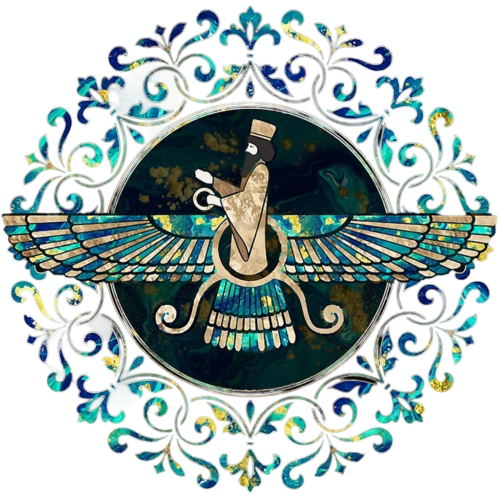The Shahsevan traditional residence
According to ancient custom, all migrating Shahsavan move into their ‘mobile homes’ during the summer months. *Persian carpet *These are easily taken apart and completely reassembled with each move. Their homes are not the black tents, common to many Iranian nomadic tribes, whose origin scan be traced back to the ancient Arab tents and which consist simply of a sheet, held down by guysand pegs. The Shahsevan traditional residence
Instead, Shahsavan ‘mobile homes’ are made from a complex structure of wood and felt, similar to the yurts of Central Asia and related to the ‘mobile homes’ of the Mongols.(The Shahsevan traditional residence)
The Shahsavan use two different structures. One, smaller and simpler than the other, is mostly used by shepherds while moving with their flocks, or by the less well-off. It is called akoomeh and is rectangular in plan with an arched roof.
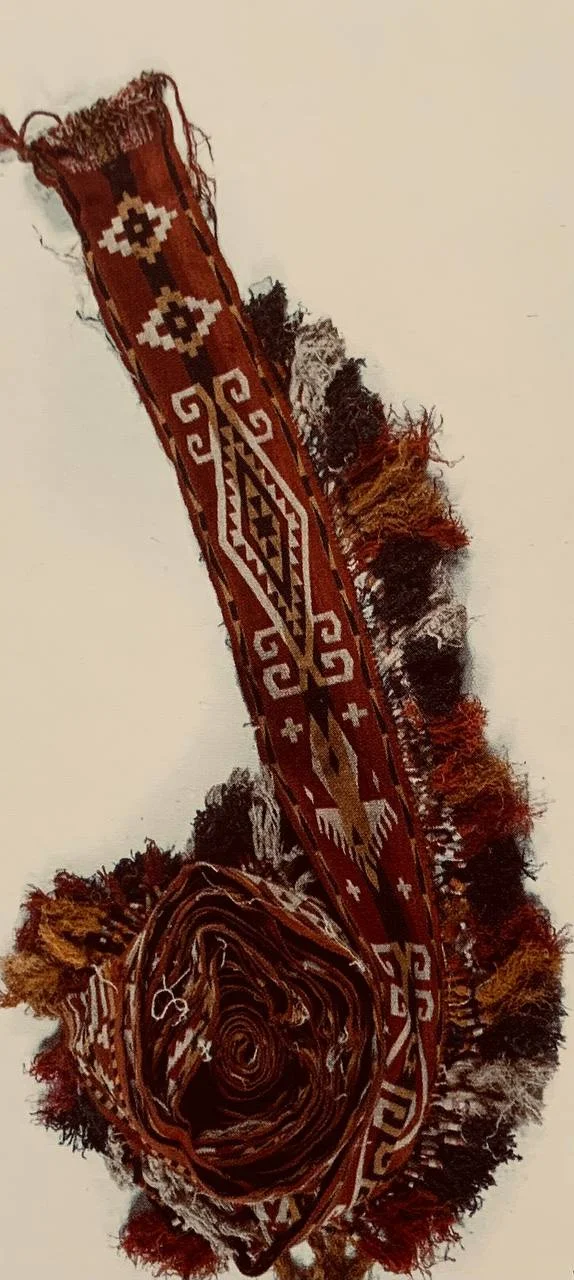
The other, larger and more common, is the alachiq: a dome-shaped structure between five and eight metres across and about two metres high. It has a slightly compressed top and is completely covered in a thick layer of felt. persian Handmade carpet
Usually an encampment consists of about 20 tents, divided up into two or three small family groups, set a certain distance apart. The encampment thus covers a relatively large area, allowing each family a degree of privacy. The Shahsevan traditional residence
The camp is dominated by the Beg’s dwelling, which usually consists of one or sometimes two alachiq placed side-by-side. There is another structure for his servants and a tent for guests, where all tribal ceremonies take place.
The Beg’s tent is usually larger than the others and is placed in the most favourable location, often on a rise so that it dominates the others and can be seen from afar. It is easily distinguishable from the other dwellings because the covering felt is white and often embellished withtrimmings, coloured stitching or decorations around the door.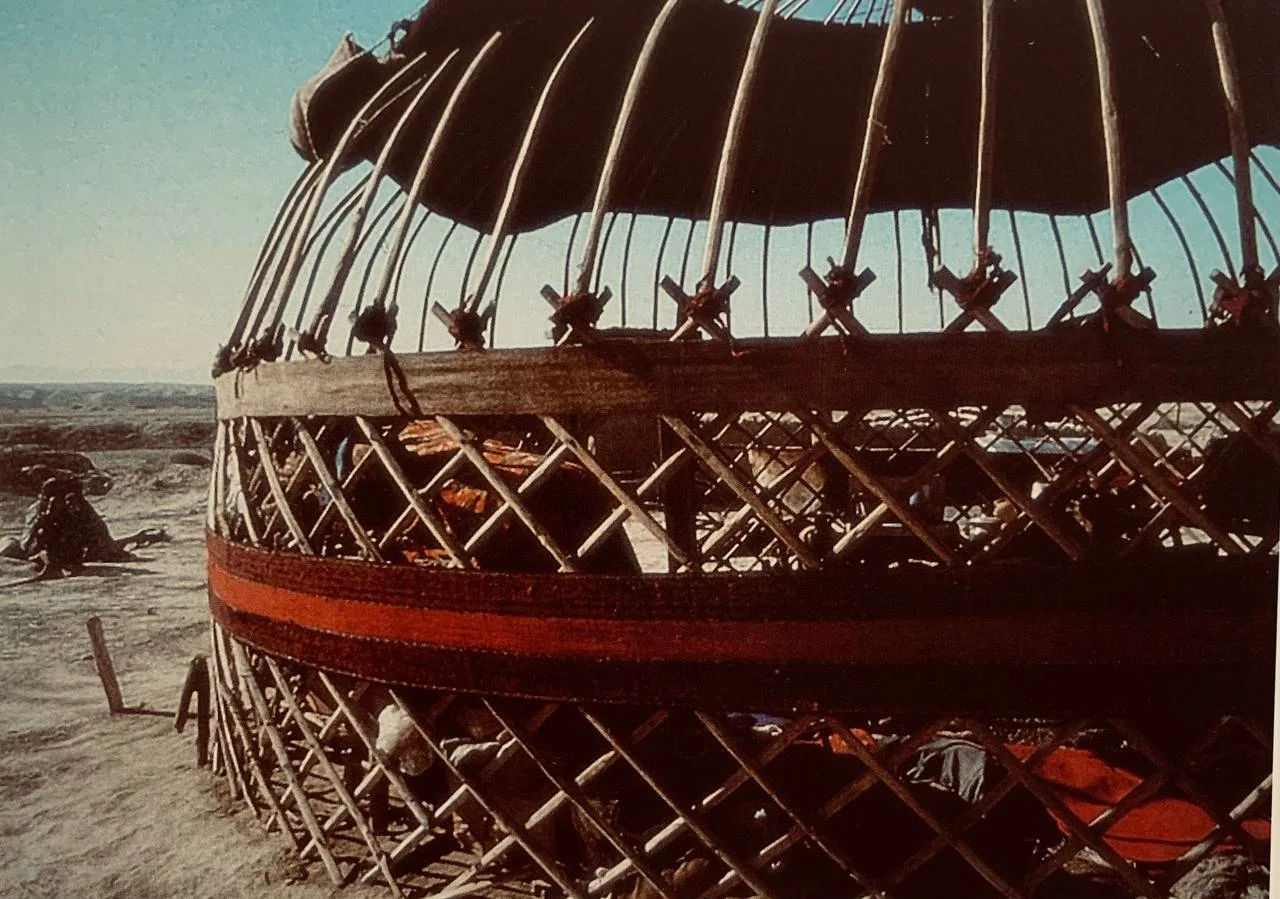
Besides the Beg’s quarters, the family tents and the guest quarters, each encampment has a circular sheepfold made of rocks which is used at night. It prevents the sheep from getting lost and limits the possibility of attack from predators.
*Click on the opposite link to see precious Iranian handmade and machine combined silk carpets*
The tribe find the sheepfold each year and establish their encampment at the same site. There are also storage areas within the encampment for firewood, a precious commodity, or more usually for dry dung.
The Shahsevan traditional residence Each alachiq is unique: the Shahsavan women love todecorate them in a number of ways. However, the structure of each is the same tried-and- tested shape which combinessimplicity, practicality and mobility. Once dismantled, an alachiq can be easily carried by one or two camels and reassembled in less than a couple of hours. Men and women work side by side to put the alachiqs together.
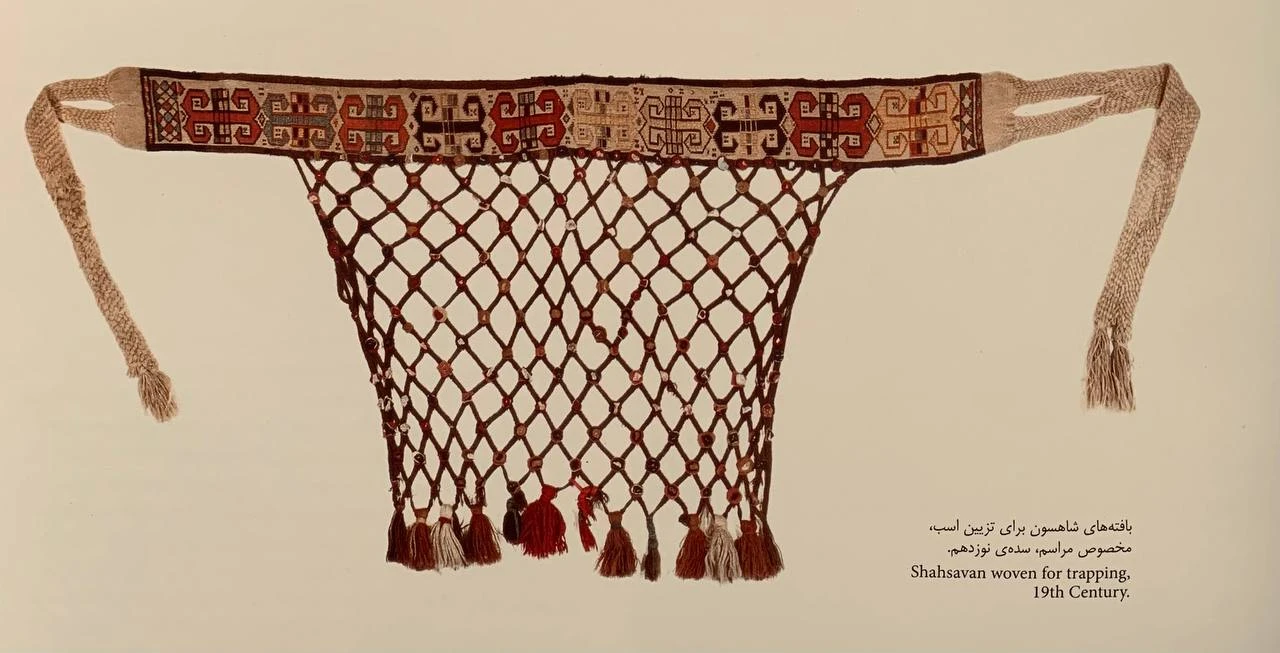
Construction starts by preparing the ground, which needs to be flat and if possible, slightly raised so that rainwater drains away. Any rocks and rough ground are removed. If the group expect to stay in the same place for several weeks, a special foundation is made, large enough to situate each alachiq. Persian carpet designs
The soil is turned over and compressed, rocks and stones arecollected and piled up in a corner. They are then used to make a high, insulated platform, on which provisions and house hold effects can be stored, away from the soil’s humidity. Then, the alachiq’s structure is laid out.
It is made of between twenty and thirty fillets of curved wood, set out like the spokes of an umbrella. One end of each fillet has a sharp point, which is driven into the ground. Once all the fillets are in place, they arecurved inwards, towards a large ring placed about two metres from the ground. The fillets are then fastened to it. The Shahsevan traditional residence
In order to fix the ring in place, the nomads pile their sacks and mafrash in the centrer of the structure and use them to climb on. Town carpets
A small dome, made of curved wooden slats, is placed above the ring. The entire structure is made of beech – a wood renowned for its elasticity and resistance to water, though poplar is sometimes used instead.
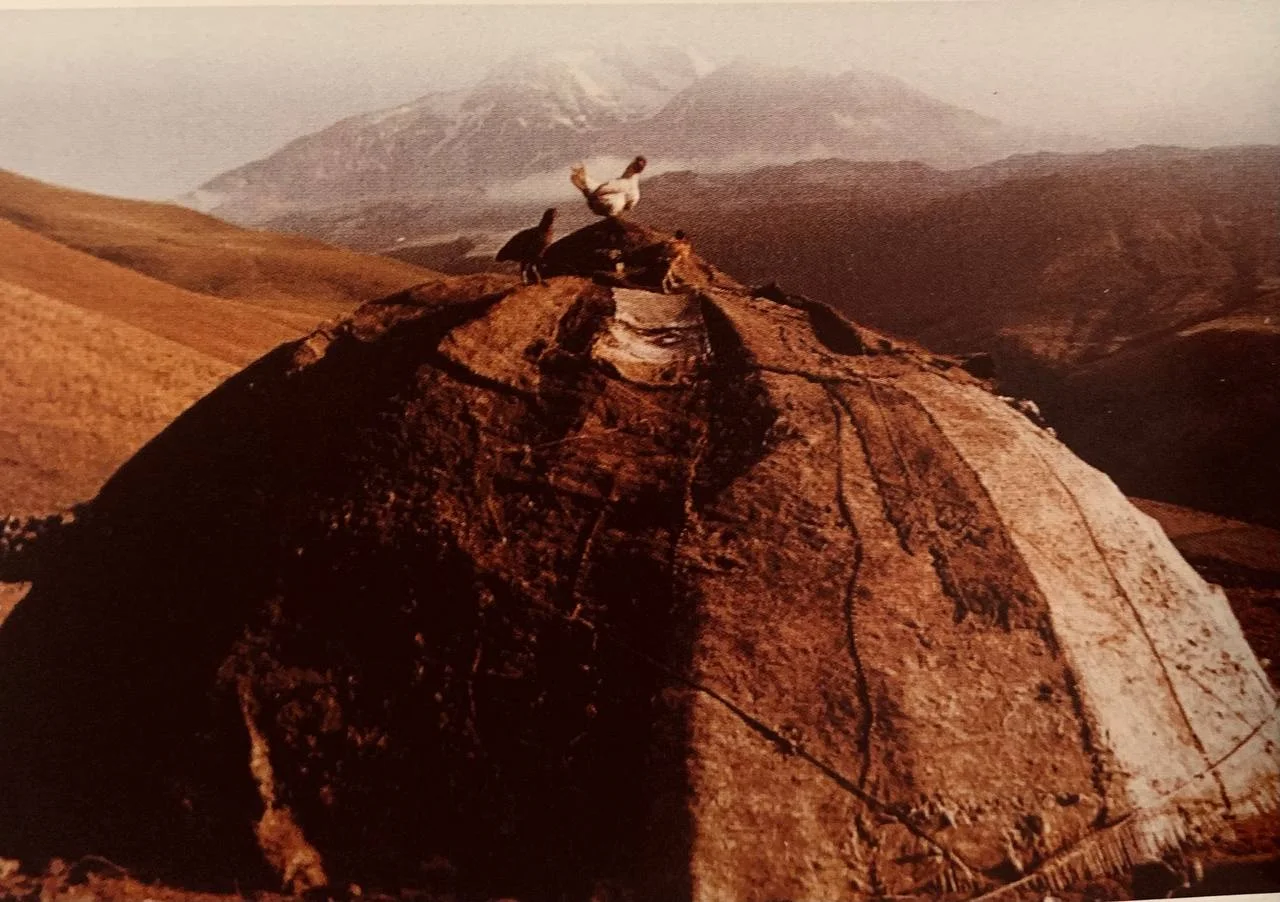
Once the structure is complete, it is stabilised by a system of carefully-placed guys. A series of ropes anchor the ring to a large peg, placed in the middle of the alachiq. A double row of tent bands, often finely worked and similar to those used tofix loads on pack animals, is wrapped around each fillet and secured to pegs in the ground. Style and maktab of Persian carpet
The nomads have different names for them depending on their position in the structure: bastirigh, orken, taban orkeni. Besides their structural importance, the tent bands have an equally important decorative role, and are testimony to the womenfolk’s weaving skills.
The fillets, once held in place by the large, central ring, give the alachiq its characteristic, slightly-squashed dome shape. The crown-like tops of the alachiq, which on some are barelydiscernible and on others sharply pointed, make distinctiveshapes on the skyline.
Once the wood frame is complete the entire structureis covered in felt, which is cut and shaped to form a hoodconsisting of several pieces. The felt is produced by the Shahsavan women, in the traditional way. Usually it is made from poorer quality wool, though there are exceptions: the felts for the Beg’s or the guests’ tents are white – a sign of rank and wealth – and require wool of the finest quality. The Shahsevan traditional residence
It is often said that the Shahsavan can be recognised by their white alachiq. However, the felt-coverings of ordinary tents vary in colour from ivory to brown.
The felt is made of several pieces sewn together. To make the felt hood easier to manage and store, it is divided into three or four pieces, which converge on the doorway: the opening between two adjoining fillets. When necessary, the gap is closed by a smaller and heavier piece of felt, which acts as a door. This is usually rolled up towards the roof and held in place by a pair of ties.
The felt coverings of the alachiq do not touch the ground,to avoid them becoming dirty or damp. A thick cane lattice iswrapped around the lower part of the structure, between theground and the felt covering, with the longer pieces of felt lyingover it.
The ring and dome are often decorated with a cross-shaped ornament, tassels and tufts. These in turn are coveredwith a hood. A flap can be raised to air the interior, or to allowsmoke from the fire to escape.
Every alachiq has a hearth — essential in the harsh mountain climate. It is situated between the door and the central peg. It is covered by a protective grate and surrounded by large rocks. Here, water is boiled and food cooked during bad weather. On fine days, meals are prepared outdoors, to the side of the alachiq, where there is a second hearth and a small clay oven for baking bread. The tripod and churn are also found here, as are the spindle and loom. The womenfolk are never far away from this area.
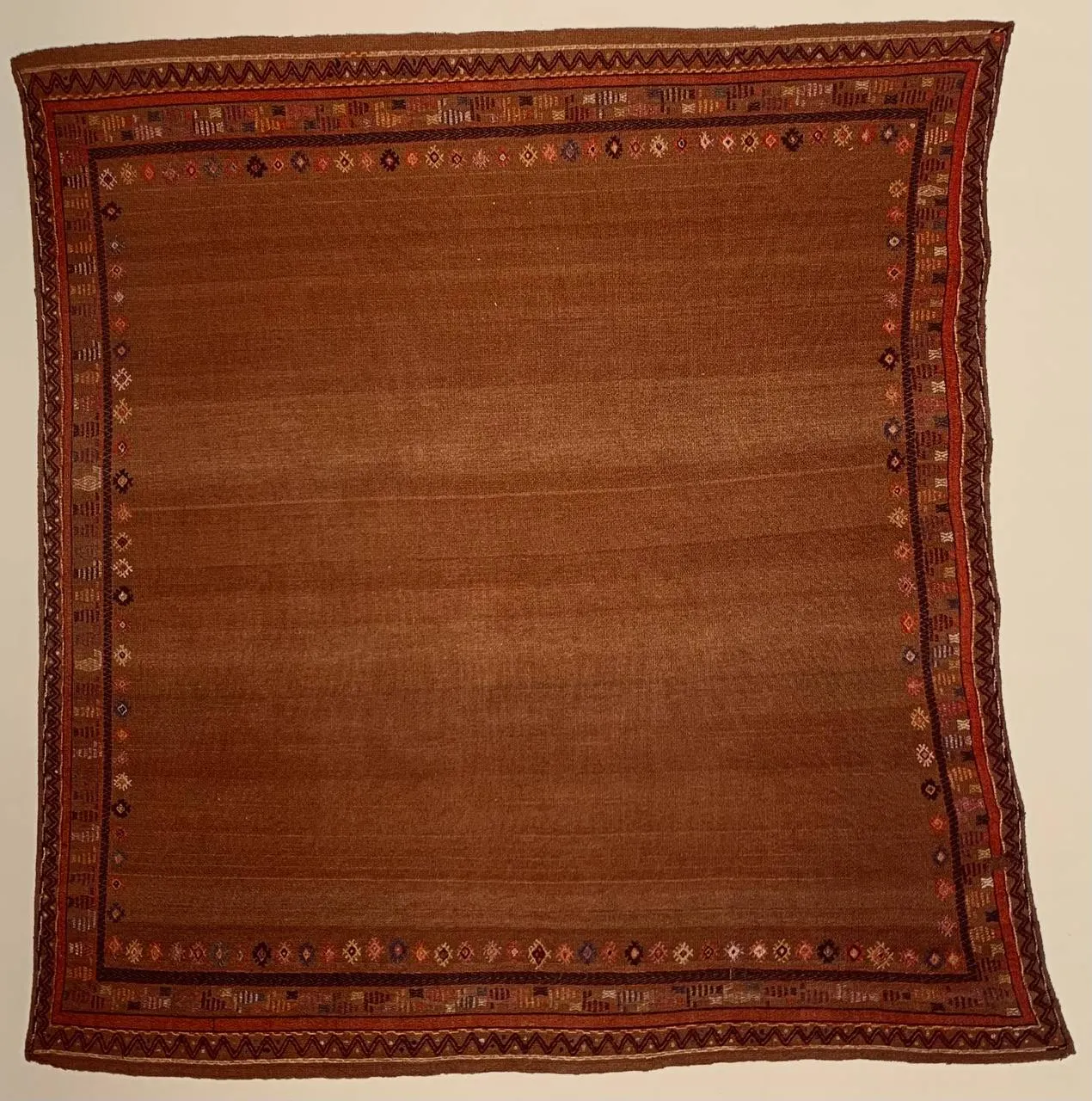
Cooking pots and utensils are stored to the left of the door ,in the women’s section of the alachiq. They are usually storedin special sacks hung from the fillets or the guys. Food such as milk, yoghurt, butter and cheese, which the tribe produce inabundant quantities, are stored next to the utensils in a separat earea divided off by a cane lattice or a piece of cloth.
To the right of the door is the men’s section. The samovar is usually found here, as is a backgammon set and saddles. Hanging from the guys are guns belonging to the head of the family. Town carpets
The stone platform is at the back, where the family’s possessions are stored in rows of sacks. Food such as flour, salt, sugar and rice are also kept here, as are carved, painted wooden chests used for storing clothing and ornaments and large mafrash used for storing bedding. The pile is covered bya colourful jajim or a cloth, leaving only the most decorative chests, the most colour ful pairs of mafrash and the most prized textiles visible. The Shahsevan traditional residence
These, along with the tent bands, the jajims and kilims which are scattered on the floor, form the only decorations to be found inside the alachiq. Layer upon layer of felt cover the floor, insulating the dwelling and making even the roughest ground comfortable. Carpets, if the family possess them, are kept with their most precious possessions, carefully rolled and wrapped in protective cloth. They are only brought out for festivals and to welcome specially-honoured guests.
When it is time to rest, the inside of the tent can be divided up into sections using cloth partitions hung from the fillets. Each mafrash contains two or three compact bedrolls, which arearranged around the hearth to make surprisingly comfortablebeds. A felt quilt, a sheet, a quilted blanket (yorgan, doshek)and one or more cushions are also unrolled.
These are known as balisht if they are cylindrical in shape, and mitakke if they are flat and soft. According to Oriental custom, bedding can also be used for reclining on while chatting or drinking tea.
If there is a baby in the family, a hammock-like crib is hung from the wooden structure. If necessary, a curtain or jajim maybe hung from the frame to give a couple privacy or to make sure any sleeping children are not disturbed.
The natural rhythms of day and night force the nomads to spend the many hours of darkness in their alachiq. When the a iris chilly, the quilted felt door is rolled down and held in place by two pegs. The flap over the crown is tidied and fixed. Then ,an oil or acetylene lamp is lit and the family gather around the hearth. The women spin and card wool, their conversation accompanied by the soft mumbling of the samovar.
